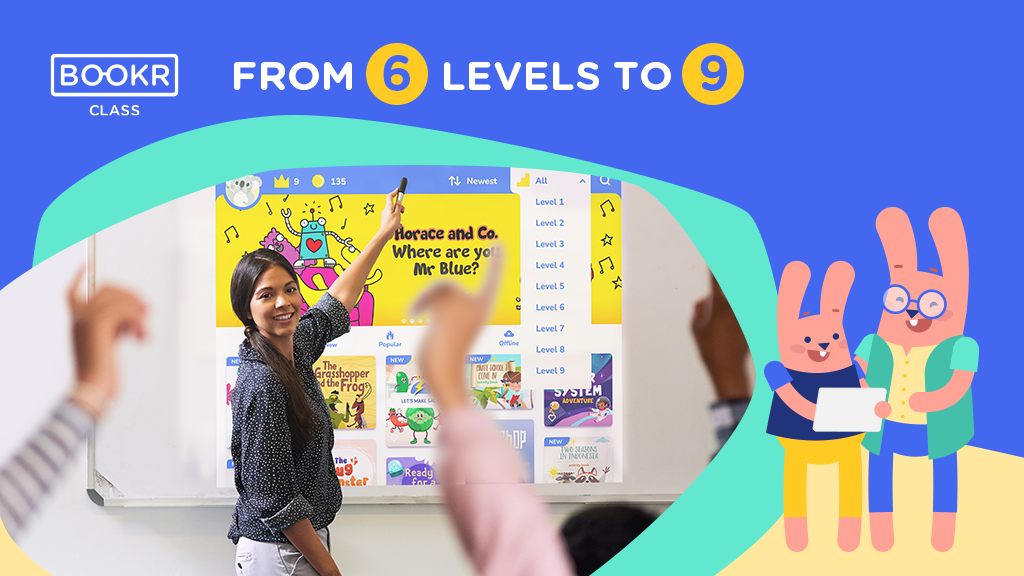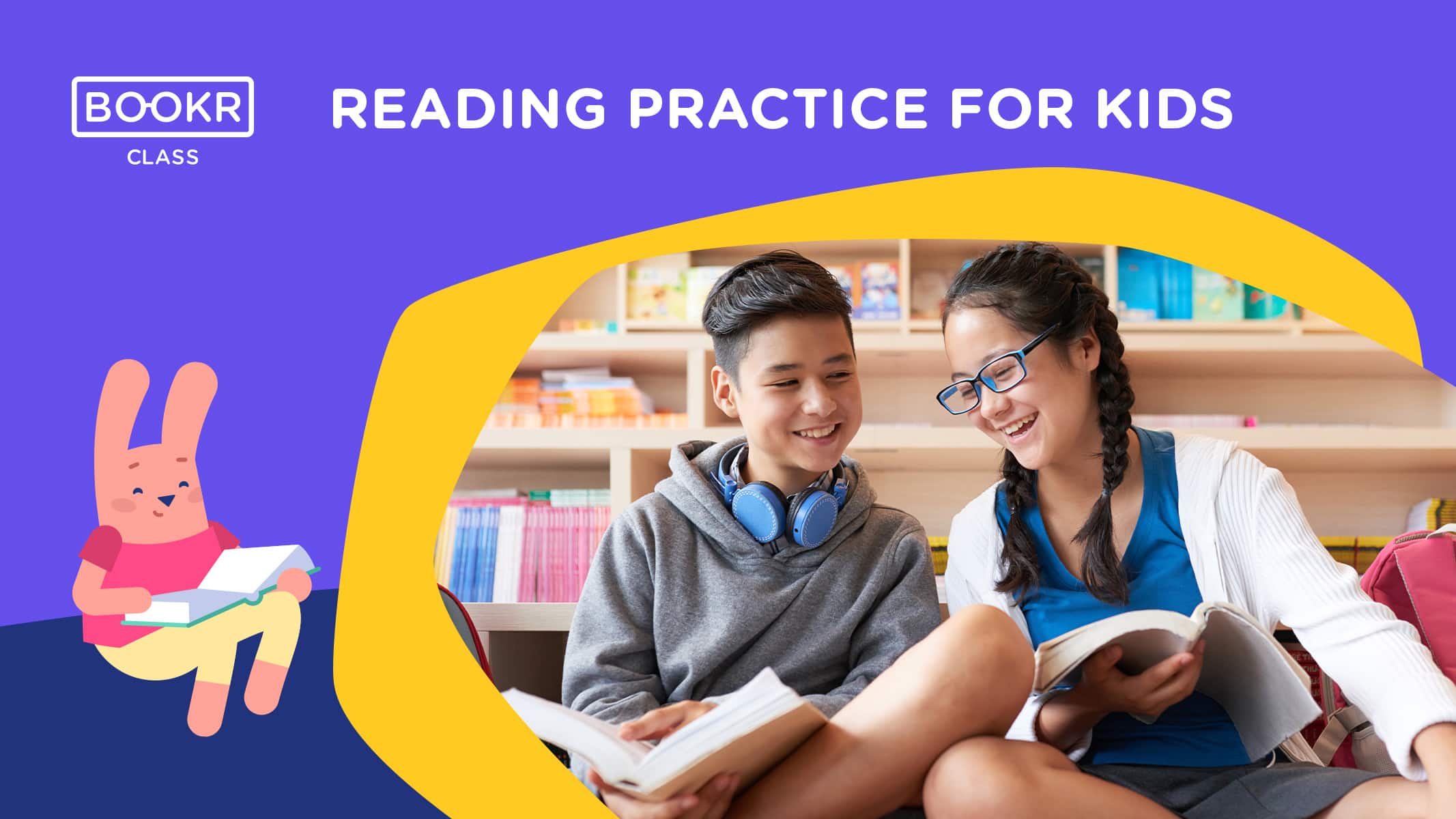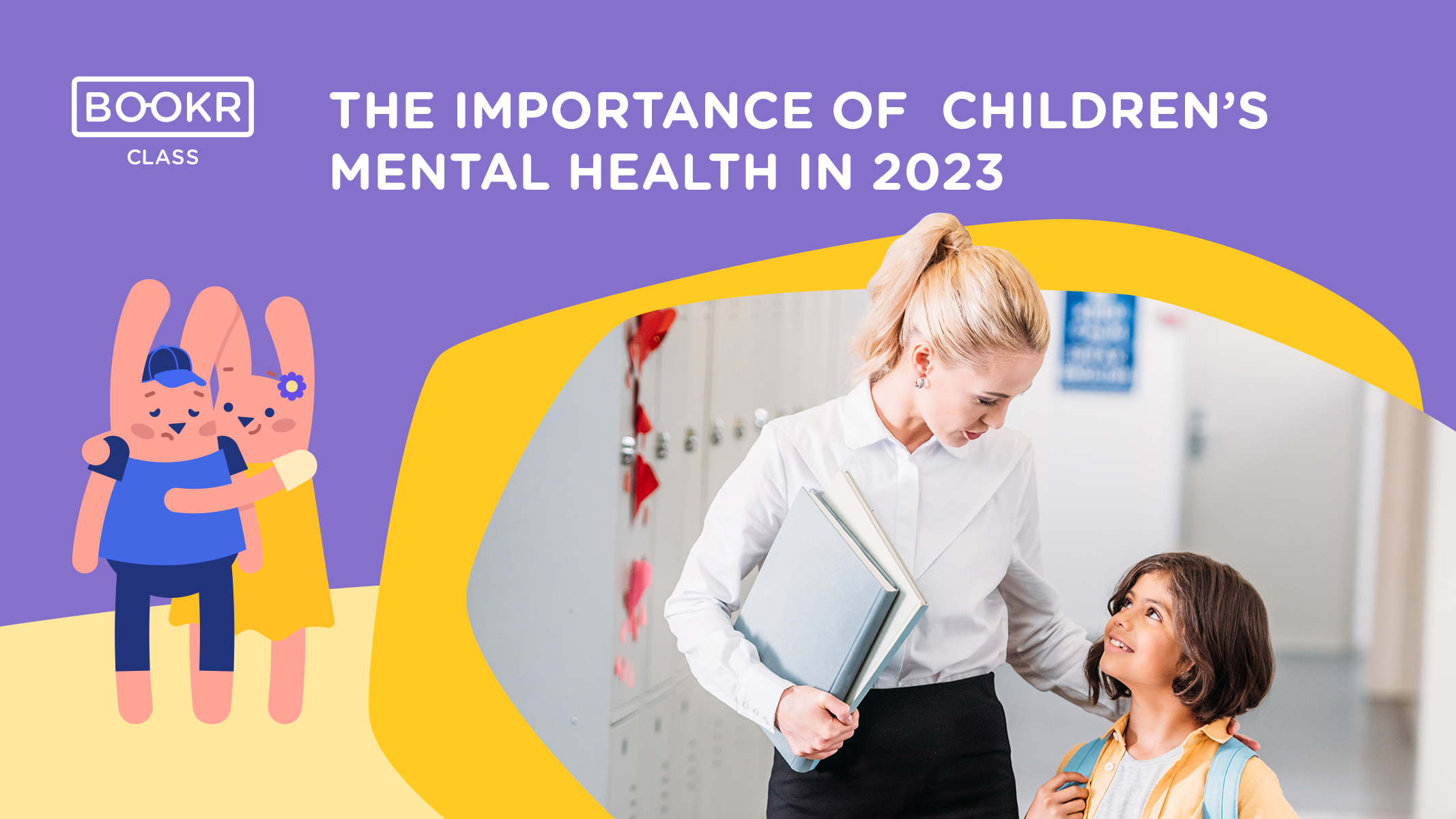Alternative Pedagogies and Language Learning in 2023
In this article, we will look at what alternative education methods look like, what alternative pedagogies are out there, and how an alternative approach to language learning could be beneficial and applicable to foreign-language teaching so that it better responds to 21st-century needs.
In the end, you can find some reflection questions which will help you think critically about how you could possibly implement examples of alternative education in your everyday teaching practice.

Table of content
What is alternative education?
In its most common sense, alternative education is often defined as a non-traditional, or non-mainstream, way of teaching and learning based on the social, emotional, behavioural, academic, etc. needs of students taking part in it. Thus, alternative pedagogies, as opposed to viewing children as ‘miniature adults’, are centred around building healthy classroom relationships, drawing on children’s individual strengths and weaknesses, talents, and needs in an academically and culturally appropriate yet challenging setting.
Going back to its origins, the turn of the 20th century was characterised by a wave of reform movements to improve the established education systems.
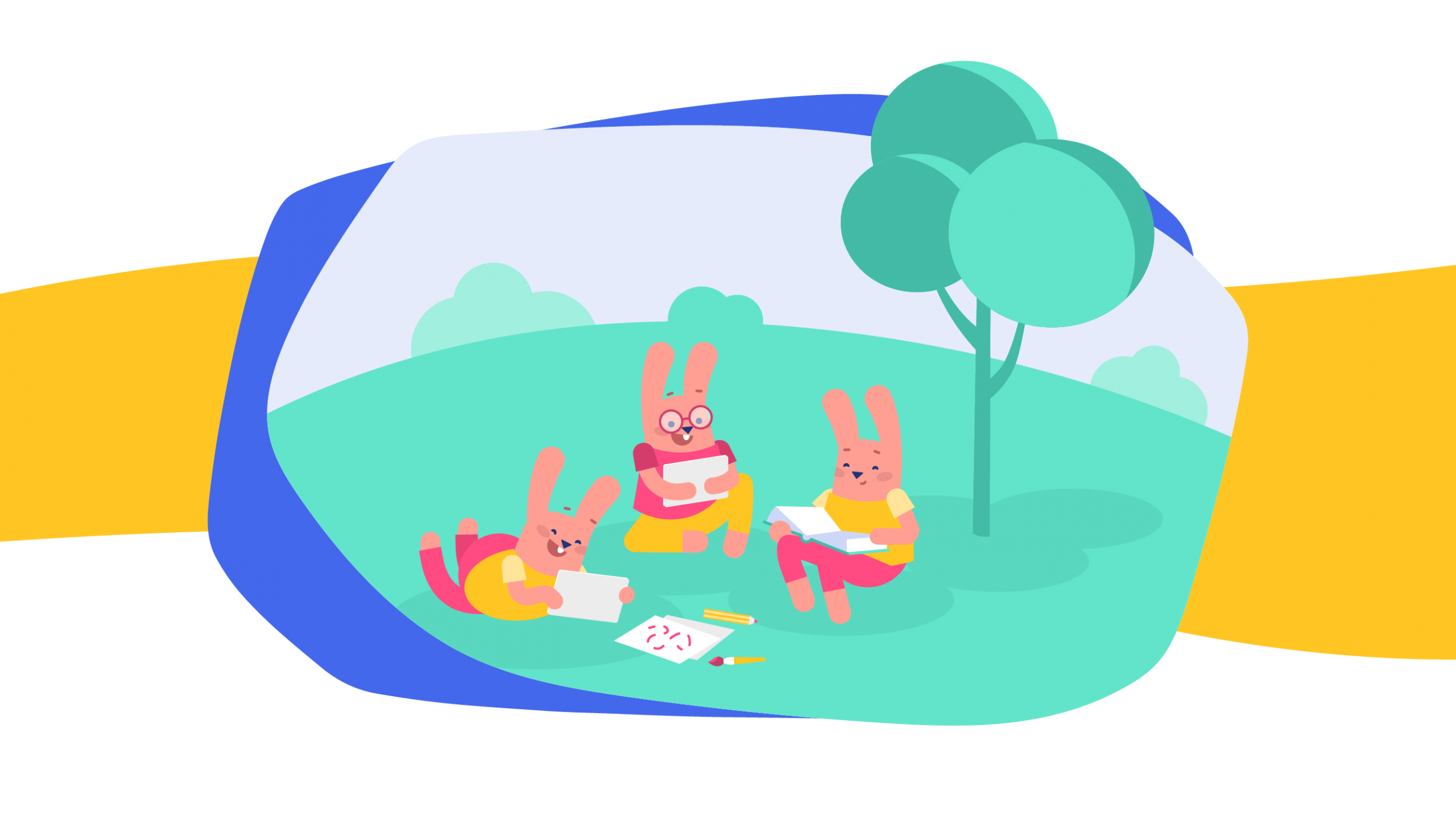
As a result, alternative education methods and approaches sprung up with distinct pedagogical underpinnings and unique practices. Universally speaking, a more comprehensive and complex design was at the core of these pedagogies, always supported by relevant content that draws on pupils and students’ everyday experiences.
Apart from pedagogical considerations, the era was also dominated by various student movements, the main ideas of which these merely new alternative pedagogies would also try to incorporate.
It is worth noting that today, alternative education has gained new connotations, and besides catering for special needs, learning difficulties, or prodigious students, it should be further regarded as a means to enable all kinds of students to unlock their full potential in society. Such programmes are not only feasible in completely independent schools but can, in fact, be designed for any kind of school setting so that no student is labelled as a ‘special case’ in any sense. In turn, an alternative study programme may open new doors and enrich the portfolio of more traditionally-orientated institutions.
Alternative practices typically involve a unique curriculum design, non-traditional working hours, and even hybrid learning experiences. Going into more detail, alternative education is advised to include individual(ised) educational plans so that students can appropriately target the areas they need to do the most work on in order to achieve their learning goals and eventually lead to success.
Some recommendations by Parker for alternative-education design are listed below:
As the old adage says, students will not care about what you know until they are made aware that you care about them.
In an ideal situation, they should not be afraid to make mistakes and to fail since we all learn from our mistakes, and a F.A.I.L. is only the First Attempt At Learning.

So far, it has been reported that students in alternative education will make greater strides in areas such as:
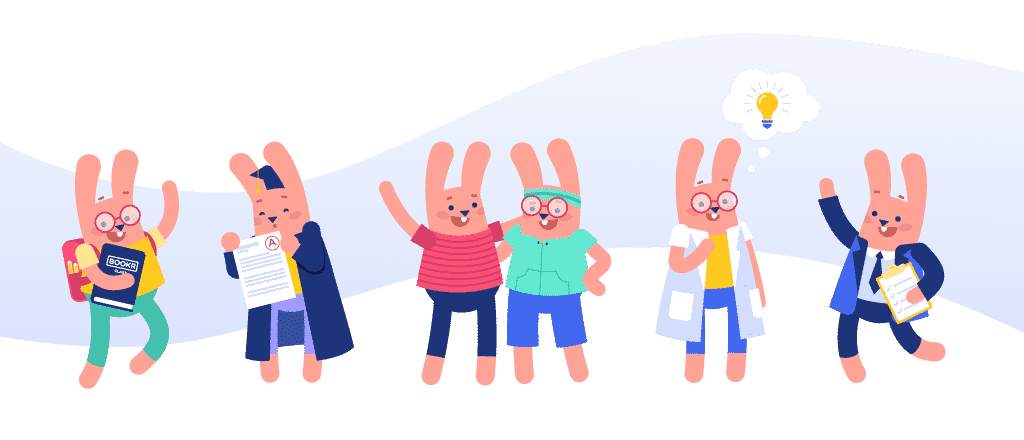
Last but not least, let us consider some of the key-differences of alternative and mainstream schools. The below chart summarises information gained from the website of Sands School.
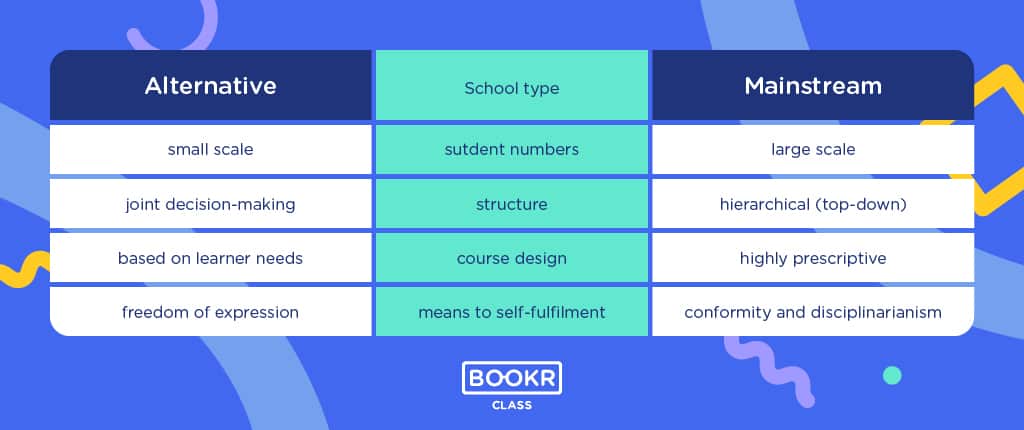
It is widely known now that working in smaller groups is much easier and will lead to more meaningful (academic and social) learning experiences. Being involved in decision-making will result in student-student and student-teacher relationships built on mutual trust and respect instead of fear. An individualised lesson plan also means that you learn what you actually need at a given time and not something “useless” or less likely to ever appear useful later in life.
Concerning discipline issues, alternative schools have often been criticised for being too lenient with kids; however, being actively involved in decision-making and having a platform to freely express the self may yield great results in the long-run, as exhibited by students who are more aware and less dependent on other members of society.
Comparison of alternative pedagogies

Going back to the distinction made by Sands School between alternative and mainstream schools, it is clear to see that the four cornerstones of alternative education, i.e., small-scaling, joint decision-making, emphasising learner needs, and free self-expression, are all present in the pedagogical-methodological base of each school type featured in Table 2.
To further explain these differences, we can say that reflective practices, projects, and the incorporation of arts in the school curriculum are all vital for nurturing students capable of expressing themselves across a range of contexts on various problems and questions. It is also clear to see that these educational programmes are tailored to light a creative spark in children while paying close attention to their needs and the peculiarities of students’ (individual) learning style.
The emergence of student-centred approaches is believed to be a fairly recent phenomenon; however, they have been, in fact, present in education for more than a century now.
The way the above three alternative programmes have been established imply a bottom-up, supportive approach to learning rather than a top-down, prescriptive context. This less teacher-orientated view has many positive implications for the learning environment as well.
As a result, it will inevitably become more welcoming, inclusive, and less formal.
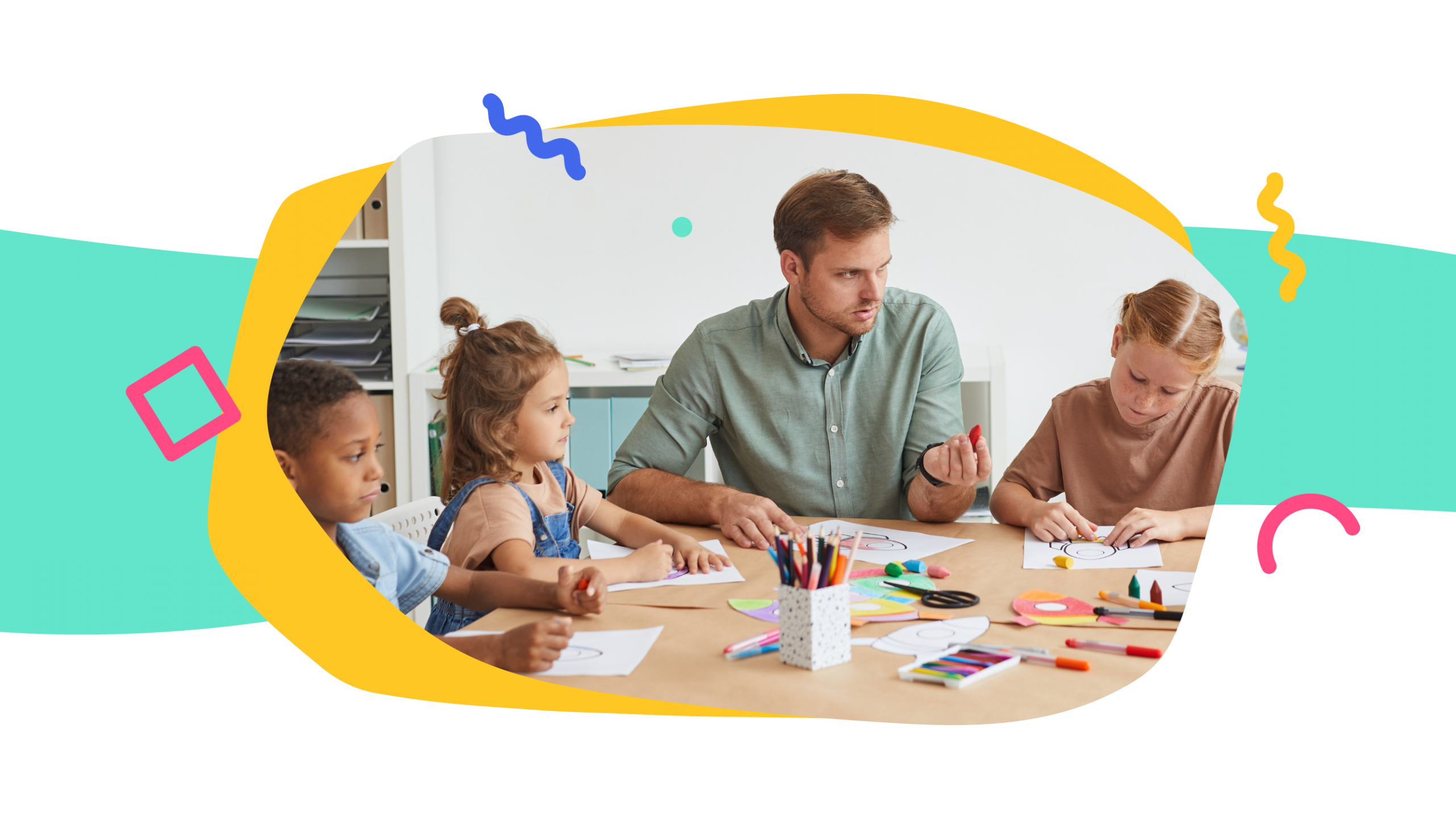
In the next part of the article, you will read about a global language-school franchise that offers alternative language education to kids and teenagers, ranging from infancy to late adolescence, i.e., 19 years of age. Read our in-depth articles about Montessori method here.
Learning languages alternatively
When it comes to private education, decision-makers in language schools and other educational institutions have long been looking for the perfect methodology that is capable of responding to the needs of 21st-century learners. The truth is that there is no universal, one-size-fits-all methodology to cater for the various needs of present-day students.

From among the vast portfolio of private language-education programmes, let us focus on one particular example, namely Helen Doron. With regard to the formerly mentioned alternative pedagogies, we can see that the Helen Doron methodology pays close attention to the age-specific attributes and needs of children, while creativity, collaboration, and play remain as key elements in their methods. As mentioned earlier, Helen Doron is a language-school franchise that offers alternative education to infants, pupils, and even teenagers.
Their distinct approach stresses the importance of child’s play in a stress-free, emotionally and socially supportive English-language environment where kids can naturally acquire the language via active involvement in various critical thinking and collaborative tasks and activities.
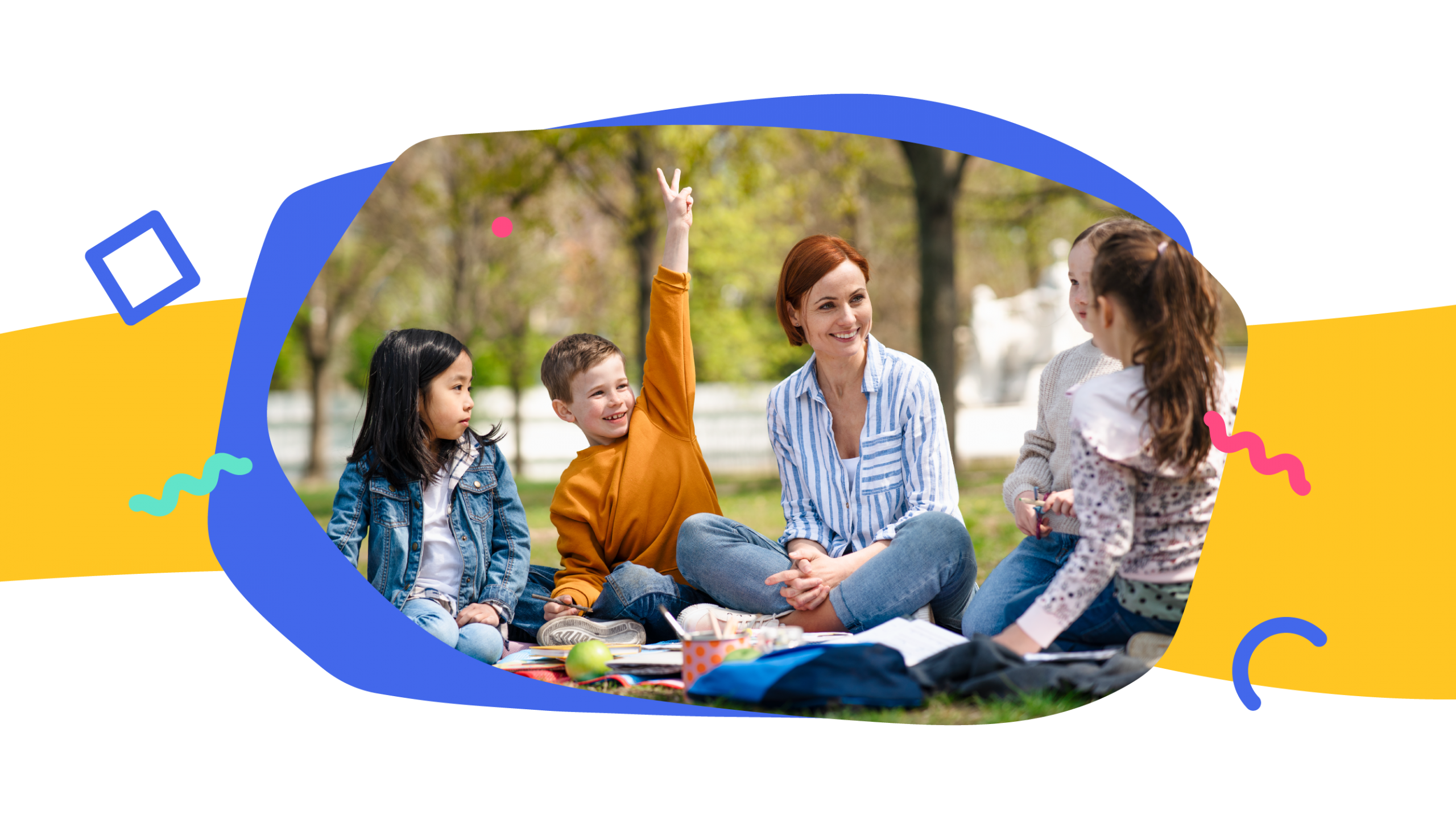
Their methodology draws on the science of how children learn, complemented by a pedagogy built on mutual respect, self-appreciation, and being engaged with the language/content as well as each other. In Helen Doron schools, learners work in small groups following a pre-structured syllabus that is still flexible enough to make room for working with emergent language and to activate students’ pre-existing knowledge about the subject matter and the world in general.
All resources are well-tailored to the learning context and mostly involve original chants and songs, animated videos, as well as applications written and developed by Helen Doron to support learning even beyond class, thus exploiting the openness and enthusiasm about learning with technology.
Consequently, Helen Doron lessons are playful and interesting and have the potential to thoroughly involve students in the learning process. They strive to stimulate various senses, resulting in a higher level of activation in children’s brain, resulting in better retention rates and deeper learning.
The overarching aim of the method is to make language acquisition effortless, following similar patterns to how kids acquire their mother tongue. The classroom materials are topic-based and closely linked to each other to progressively develop vocabulary and grammar, with the application of spaced repetition to continuously revise previously learnt language elements, expressions, and structures.
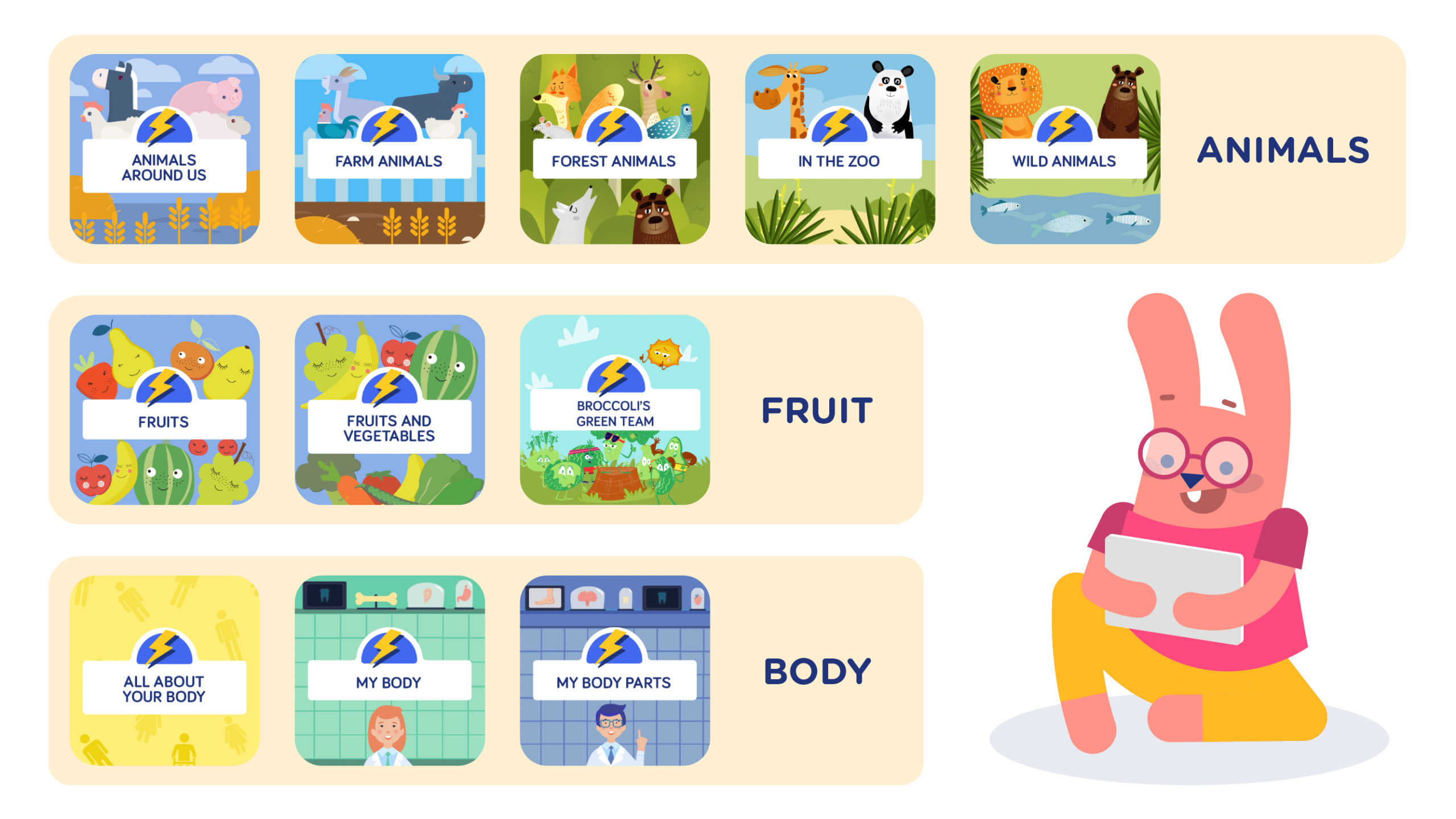
Helen Doron provides teacher training to all interested parties. They train professionals who are capable of supporting language development by giving positive feedback and constant reinforcement to learners.
Developed by linguists and trained teaching professionals, apart from acquiring English, Helen Doron students are taught life skills and a unique worldview that focuses on showing them how to make the world a better place.
How to make your classroom more ‘alternative’?
The best examples of alternative education
Now that we have looked at what makes education alternative, let us consider a few practices that you can easily implement in your own classroom to offer your learners a broader and more colourful range of opportunities for growth.
Have you ever heard about problem-based learning?

It is an educational approach that brings real-life issues into the classroom but considers these from the perspective of the students. The emphasis here should fall on ‘inquiry’ in order to make learning a constructive, self-directed, collaborative, and contextual activity.
By implementing problem-based learning, students will develop critical thinking, communicative skills, and transferrable skills, all the while becoming more autonomous in their own learning.
For instance, when talking about entertainment, why don’t you let your students take control and organise a class party where they could decide what they want to do and arrange everything for themselves on a fixed budget? If their proposal is really convincing, you may even make the party happen for them. A fun time will be guaranteed either way.
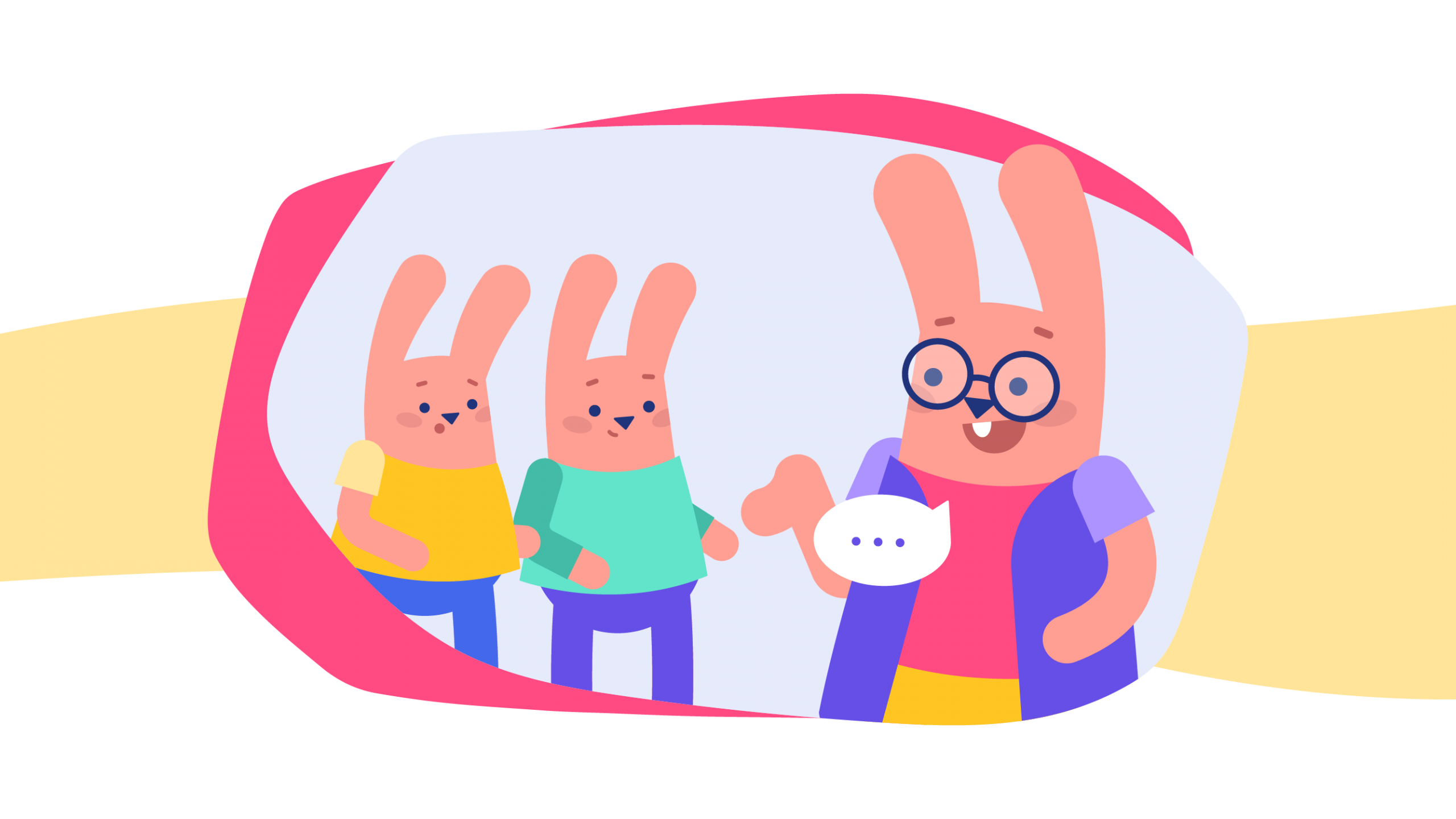
Having mentioned autonomy, it may be extremely beneficial to teach your students how to learn by discussing what effective study skills and practices they can apply in their own language learning. In turn, learners will develop organisational, analytical, and other study skills necessary to work proactively and independently of others. An added bonus of applying more of these practices is to be found in the skills they learn communally through sharing ideas and strategies with their peers. You might want to ask them the following questions:
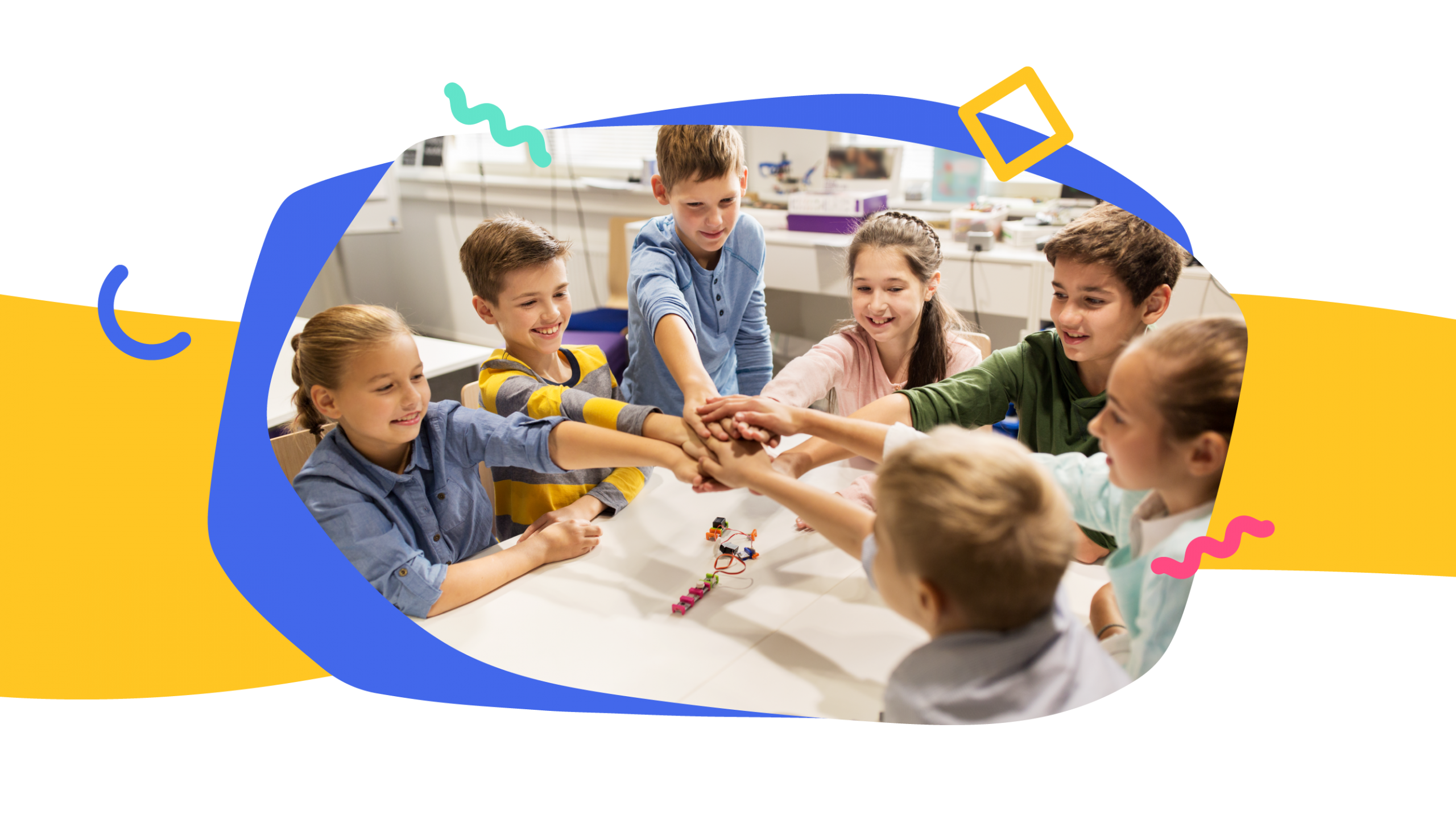
Following this train of thought involving life skills, task-based learning (TBL) is another method worth trying. TBL is centred around meaning-focused communication that begins in the very first minute of your class. Based on the conversations you have with your students, you will be able to decide what to dedicate your (next) class to.
Thus, instead of following a pre-written, rigid syllabus, you will be able to better understand your learners’ needs and possible difficulties they might have in learning.
Generally, the application of TBL is about satisfying the communicative needs of learners. To put it simply, you should always allow yourself the space and time to analyse, reflect on, and respond to your students’ demands by custom-tailoring the content of your course.
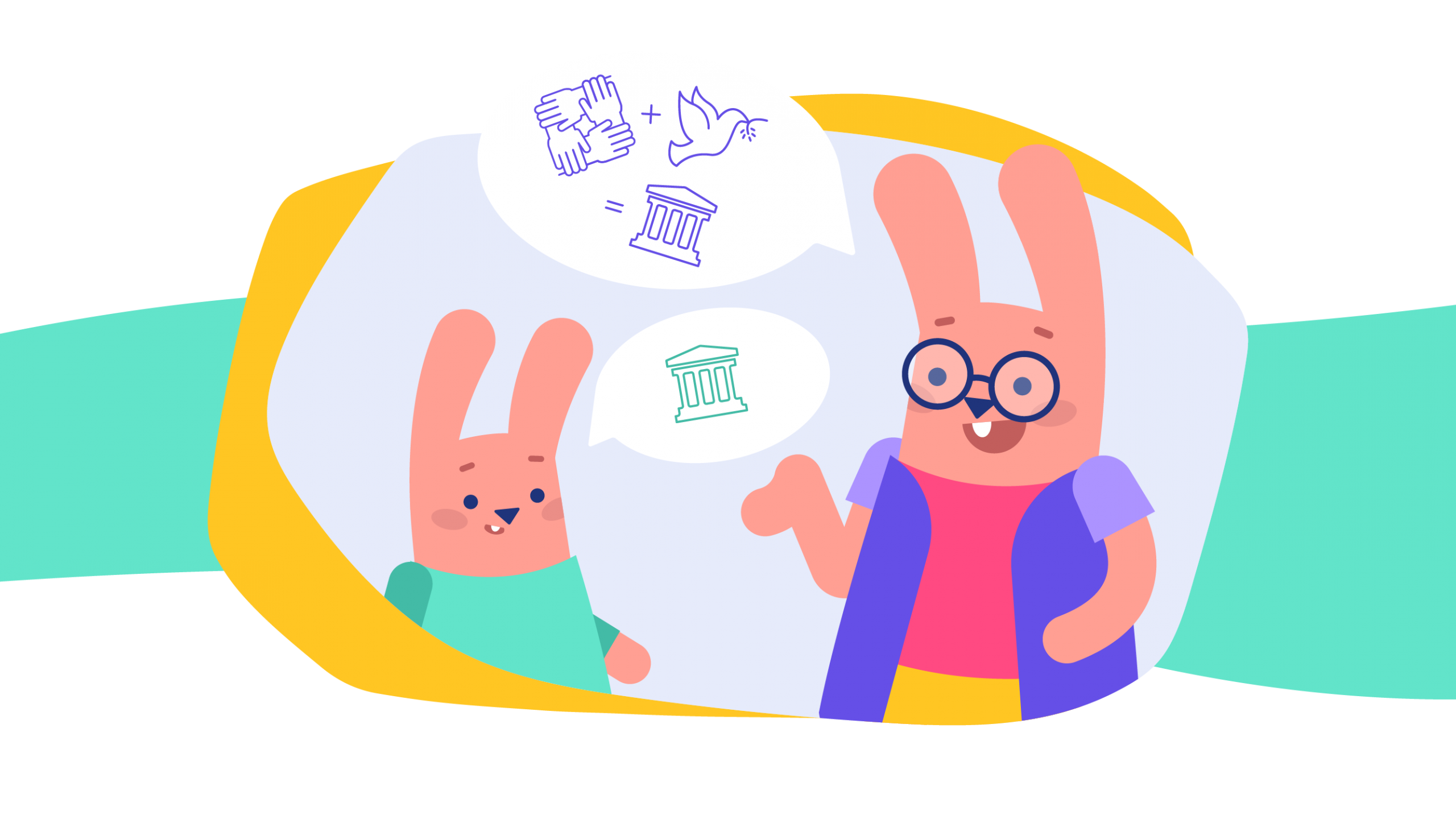
Thus, when talking about some more serious topics, such as politics, why don’t you start small and have a discussion on the importance of human rights, freedom of speech, and democracy from their perspective by answering questions such as:
Each student will have a different idea about these issues, all you need to do is just find the right questions to ask so that they can actually relate to these. Before wrapping up our discussion on alternative pedagogy, we still have one crucial teaching element to talk about: assessment. The Assessment Reform Group laid down the following guidelines to reform how students are assessed in schools as follows:
In the 21st century, effective feedback should feed forward, meaning that when you assess a student’s writing, instead of marking and correcting errors with a red pen, you can highlight examples of appropriate language use.
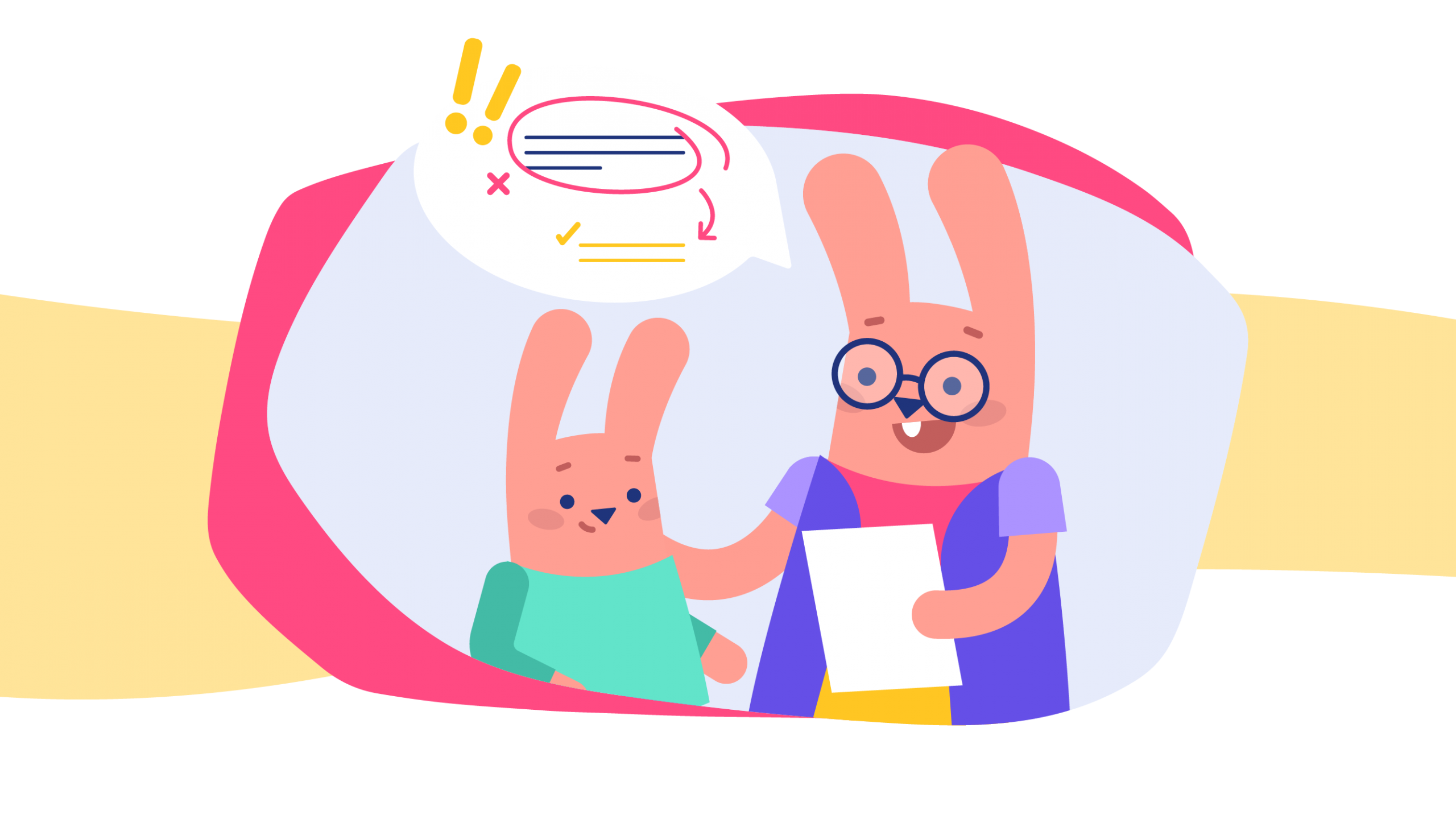
Moreover, to take this one step further, you can ‘feedforward’ by offering alternatives or suggestions so that students can compare their ideas with yours and analyse and reflect on their own writing more critically.
All non-test forms of assessment are evaluated by humans, some of which have been included in the below table.

Think and Reflect
To better comprehend what you have read in this article, consider the below questions and think critically about your own teaching practice.
